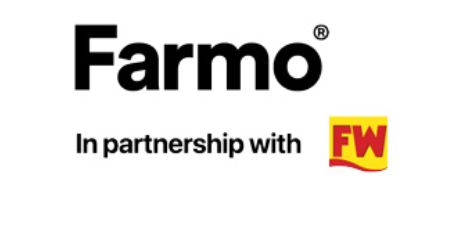Ultimate guide to buying a combine 2026
Those buying new combines usually upgrade to additional capacity, and there has been a strong move towards rotary and hybrid models replacing traditional straw walker machines – except where gentle straw handling is the priority for baling.
See also: First impressions: Case IH’s new single-rotor AF10 combine
Additions to this year’s Farmers Weekly Ultimate Guide are mainly larger models, and even where mid-size combines have been updated, the new specifications include extra power, bigger grain tanks and additional productivity enhancing technology.
Combine specs
Download the complete 2026 guide to combines (PDF).
Case IH
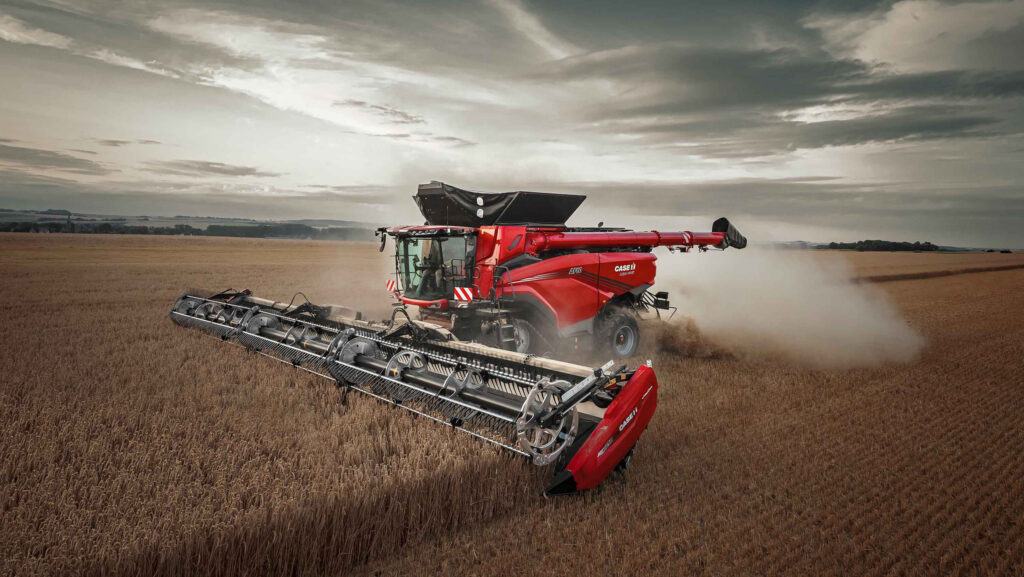
Case-IH’s AF10 © Case IH
Two AF-series flagship models now top the Case IH Axial-Flow line-up and will be fully available for the coming harvest.
Sticking with the traditional Axial-Flow design, the AF9 and AF10 both have a single 762mm x 3.6m rotor with three-range hydrostatic drive, providing a threshing area of 1.03sq m, a 4.07sq m separation area, plus 8.76sq m for cleaning.
A 12.5m header is recommended for the 635hp AF9 with a 16,000-litre grain tank, while a 13.72m MacDon header is the ideal match for the AF10 with 775hp and a 20,000-litre tank.
Elsewhere in the Axial-Flow range, factory-fitted yield and crop moisture measurement now comes as standard on all UK models.
Claas Trion
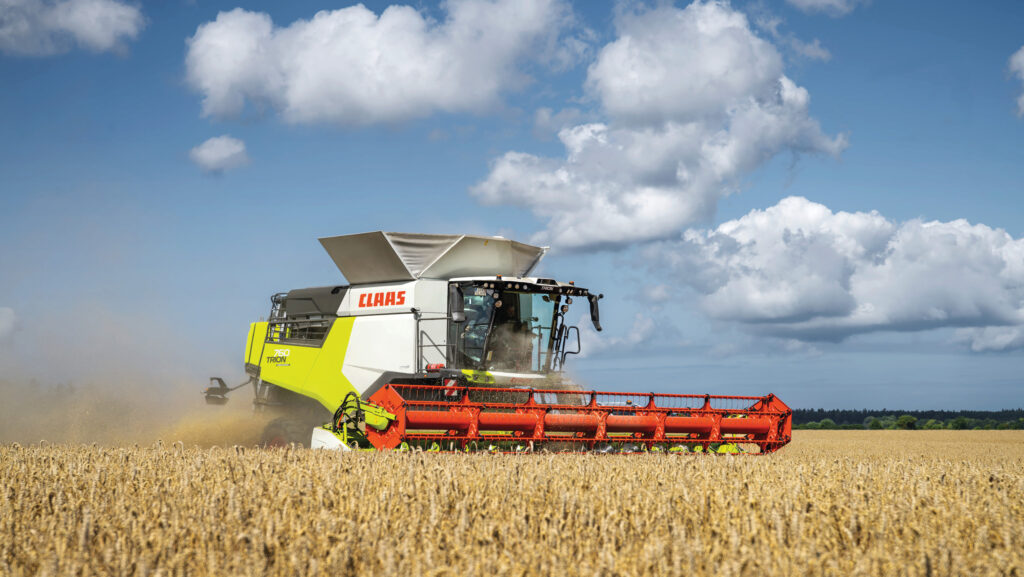
Claas Trion 760 is new to the range © Claas
Updates to the Claas Trion combines for 2026 include the addition of a 740 model in standard, Montana levelling and Terra-Trac versions, powered by Cummins 435hp engines.
Recommended headers are 6.8-10.8m (Montana 6.8-9.3m), and there is a choice of 11,000- or 12,000-litre grain tanks, with 11,000 standard on the Montana.
Trion 750s are updated, with new MAN power units replacing Cummins and bringing an increase from 435hp to 462hp, while Trion 760 standard and Terra-Trac models are new, with MAN 507hp engines.
The 750 and 760 models are both equipped with “dynamic cooling” as standard, the first time it has been used for Trion-badged machines.
Both iterations use the Claas APS twin-rotor separation system and, although the specification is broadly similar, the more powerful 760 is available with larger grain tanks up to 13,500 litres.
Meanwhile, the firm’s 8000-series Lexions now come with MAN engines and Claas Terra-Trac rubber tracks as standard, while wheeled versions have been discontinued.
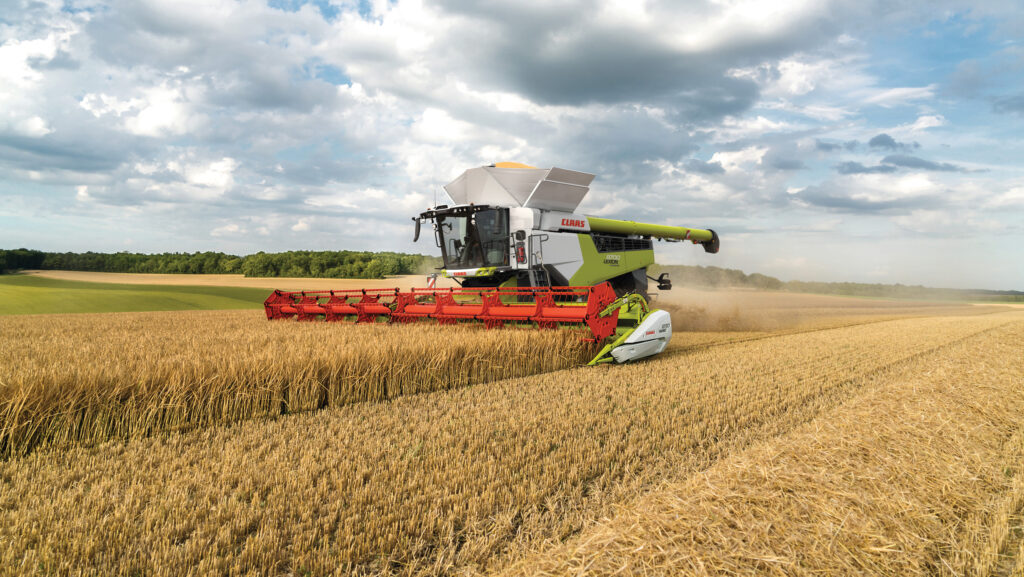
Claas Lexion 8000 series © Claas
The 8500 Terra-Trac is a new “entry-level”, wide-body hybrid Lexion – with an almost identical specification to the previous Lexion 8600 – whereas, for 2026, the Lexion 8600 Terra-Trac gains a larger separation area and extra power.
Although Lexion 8700 models sold in largest numbers in the UK, Claas says the 2026 model updates and, in particular, the bigger grain tank options, will increase the 8600’s popularity, making it likely to replace sales of some 8700 machines.
Deutz-Fahr
With demand for hybrid and rotary combines increasing, Deutz-Fahr has ceased production of its entire range, which consisted only of straw-walker models.
New Holland CR11
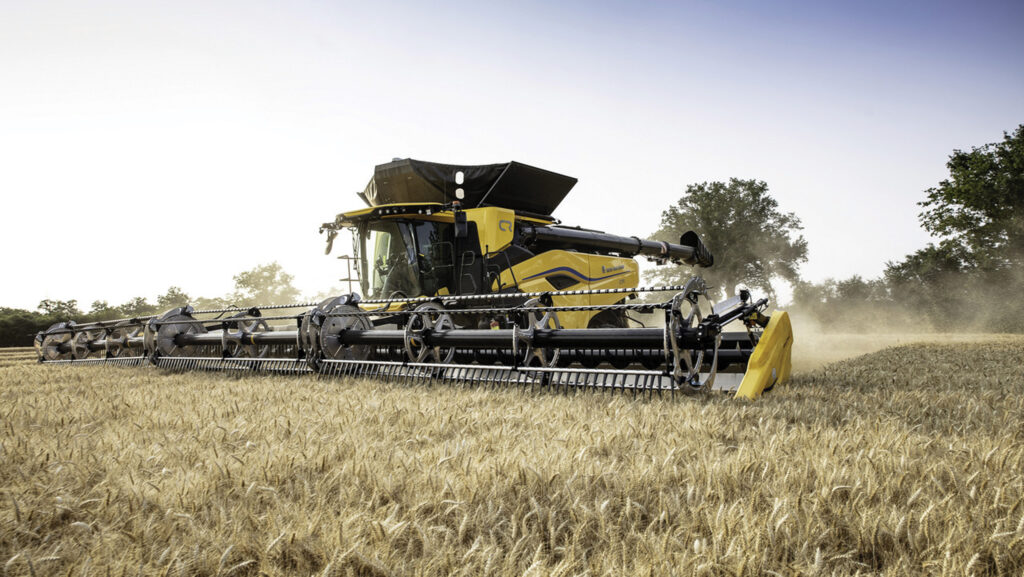
The New Holland CR11 © New Holland
The largest CR11 model is now in full production and available to order for next year.
Following a very restricted trial season in 2024, the flagship combine was more widely available for demonstrations during the 2025 harvest, and the manufacturer is reporting orders for machines with 12.5m, 13.72m and 15.25m headers, while an 18.59m version is also in the price list.
Although demand for such a wide header is likely to be limited, the manufacturer predicts interest from the largest farms, primarily for its compatibility with managed wheeling working regimes.

